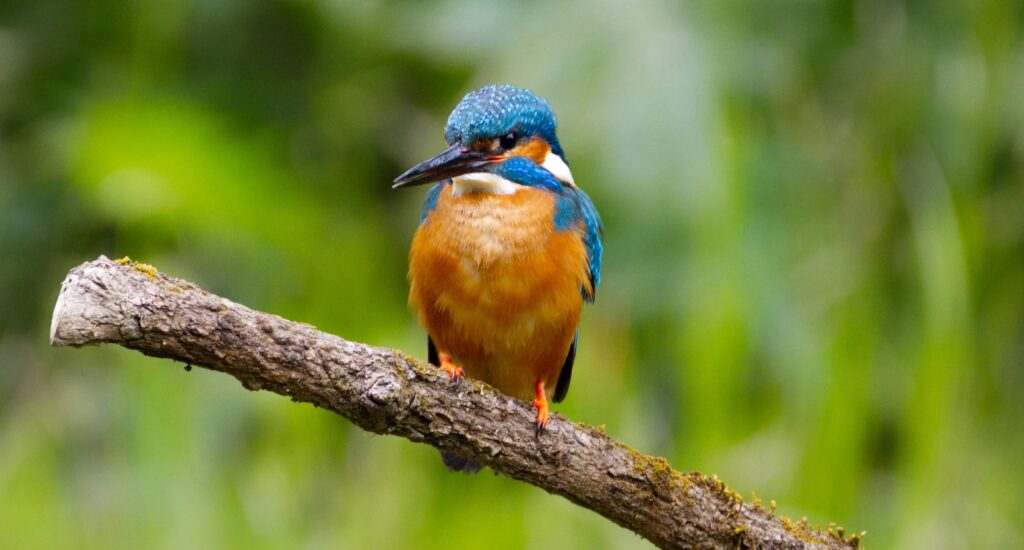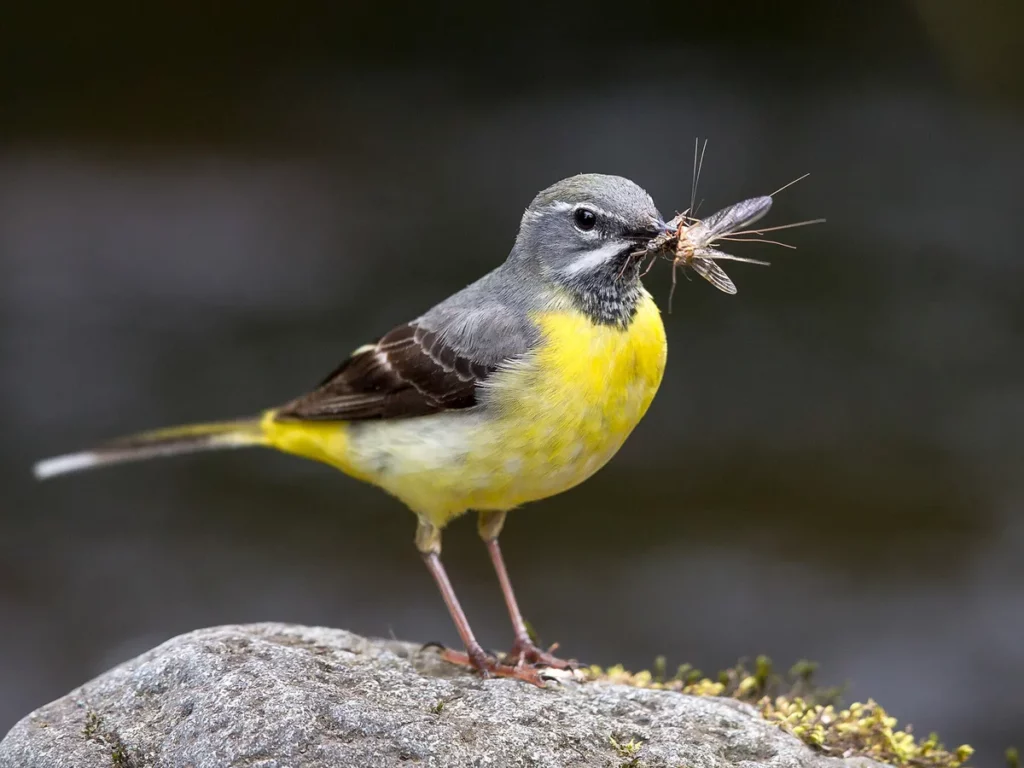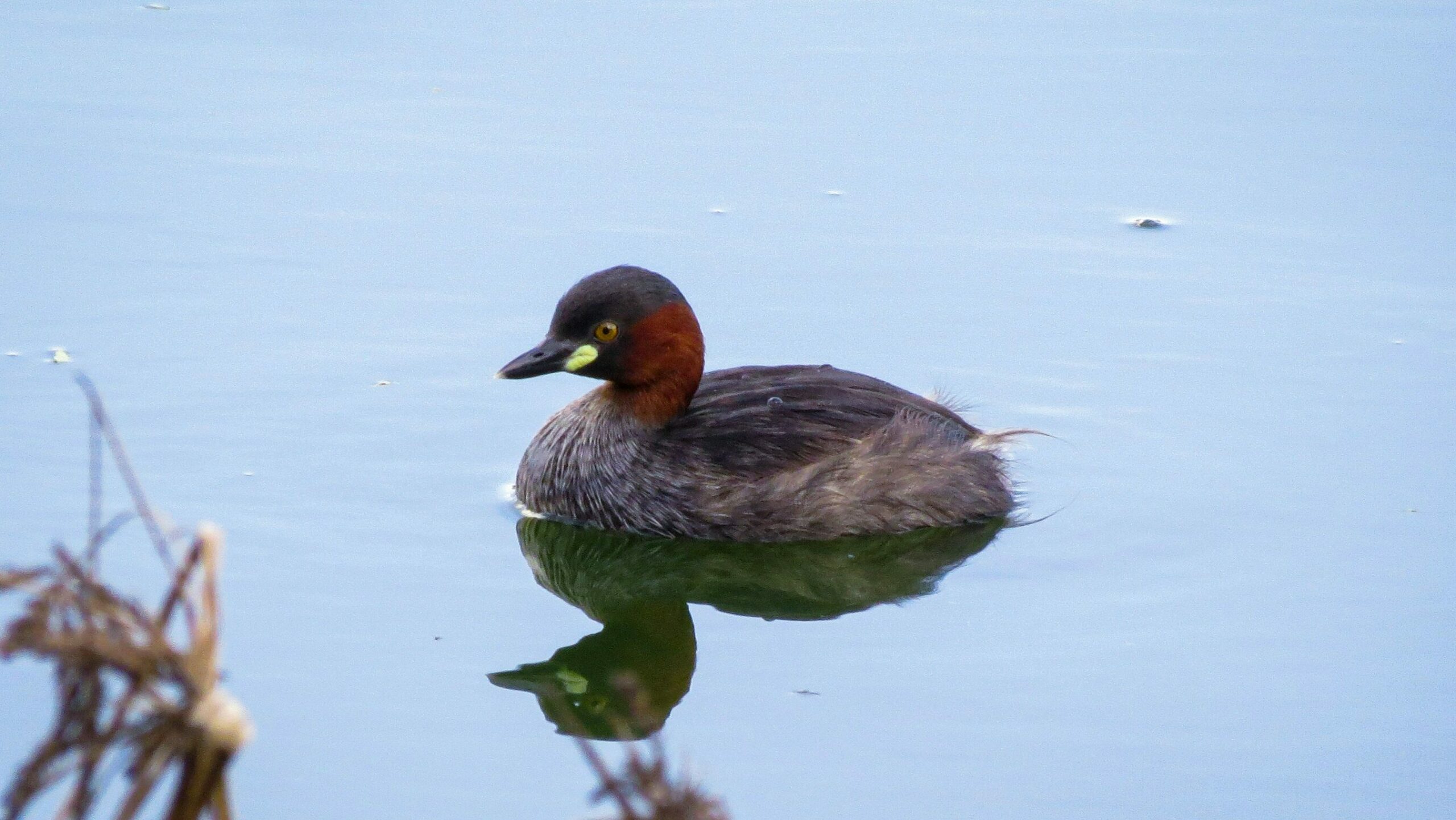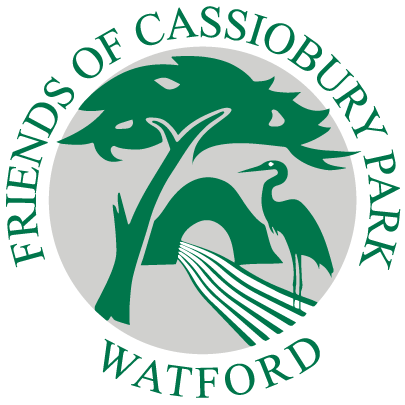Sign 2: A Closer Look ….
King Fisher Bridge
The bridge near the sign is indeed a place to catch a glimpse of one of our most spectacular national and local birds. However, they are very fast fliers and often you just catch a glimpse of their bright blue rump as they disappear flying low along the river. They can be seen at other places and the best time to see them is early in the morning or late evening when there are fewer people and dogs.

Another special bird that can be seen here along the edge of the river is the Grey wagtail. It’s like the more common Pied wagtail in shape and size and has a long tail that not surprisingly it ‘wags’ all the time. But though called ‘grey’ it is most visible because its underside is yellow!

A Wetland Wood:
On all sides of where you are standing is a wetland wood…an important and special habitat for a wide range of creatures and plants. If you walk a little way towards the Rickmansworth road, on the left is a pond. There are a number of such ponds in the park and they are a great place for all kinds of amphibians such as frogs, toads and newts. Some of the ponds in the northern part of the reserve have Great crested newts – a threatened and protected species.
Walking over the bridge the path comes to the ‘small king fisher bridge’ which seems to have no connection to kingfishers but it is small! Listen here in early spring for the drumming of male Great-spotted woodpeckers.
A bit further on the path leads to ‘Cassiobury Farm’….a name for what is now a small zoo, where a number of wild birds such as Little Grebe, Coot and Cormorant can be seen.

